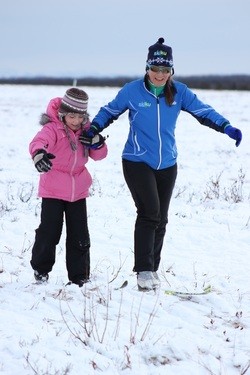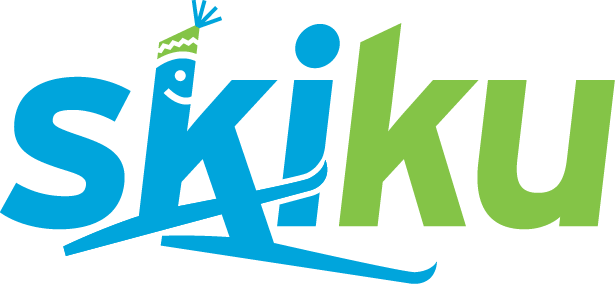Communicating with athletes might be one of the hardest tasks a coach faces. Developing a method to criticize an athlete’s skill in order to improve while keeping them motivated is a daunting task.

The first step to effective communication is understanding what the athlete wants to get out of skiing. This is why goal setting is so important. It is imperative to have each athlete establish goals, not only to learn the process, but so you, as a coach, understand what they are striving for.
When complimenting an athlete, it should be very specific such as, “Good work fixing the timing of your pole plant in the V1.” Compliments should also focus on effort. It is important for kids to believe they can learn anything if they work hard enough rather than thinking they either have the talent to become a skier or they don’t. Statements such as “All that practice you did on the downhill is paying off, I can see that your balance has improved” or “I am really impressed by the focus you had at practice today, I can see you are moving faster on the uphill” or “The conditions were really tough today, I liked how you kept trying different ways to make skating through the soft snow easier and faster.”
When criticizing an athlete, be sure to suggest a way in which they can improve as well. For example, “it looks like you are struggling to keep up on the flats, you should try bringing your hands up higher.” Young kids often learn best visually. Show an athlete what you are trying to get them to do and have them mimic you. Videos, pictures, and dry erase boards can help show what you are talking about as well.
Remember who you are communicating to. Use age appropriate and village appropriate language and give time for athletes to think before they answer a question. Remember that different ages, abilities, cultures, etc. are all present. Things like sarcasm or different body language might be misunderstood. Keep your boundaries. Not all students want to be hugged and vice versa. Before helping an athlete into a particular ski position, make sure to explain what you are going to do and be sure it is alright with the athlete if you are going to touch them to help move a body part into proper position. It is a good idea to establish guidelines or rules for what is appropriate in order to make sure every one feels safe, comfortable, and can focus on the task at hand.
Most importantly, try to use language that is culturally relevant. For example, in Barrow, where Inupiaq is the native language, many students said “alappaa” the Inupiaq word for cold when they were cold and wanted to go inside. Incorporating culturally relevant language helps make students feel comfortable as well as increases local ownership for a program.


